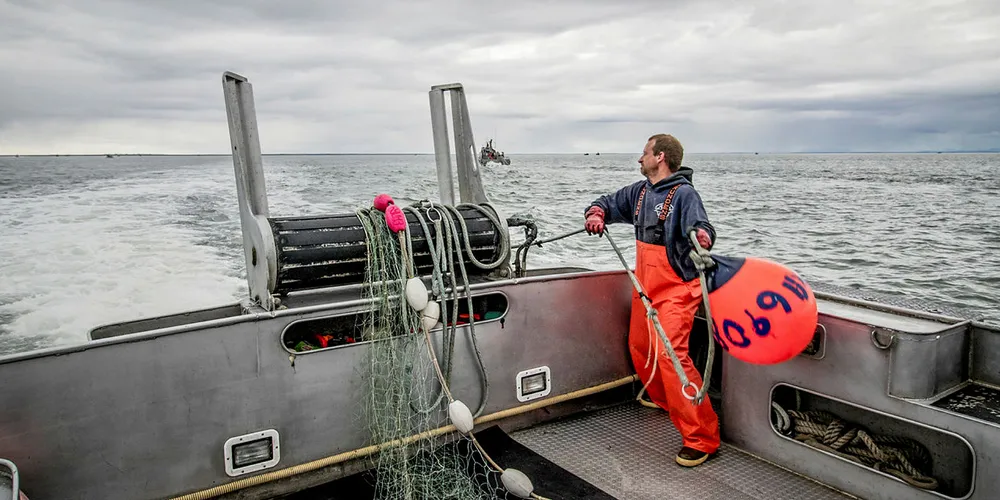Bristol Bay sockeye salmon harvest slightly ahead of last year
The next two weeks will be critical in gauging the strength of the world's most important wild salmon harvest.

The next two weeks will be critical in gauging the strength of the world's most important wild salmon harvest.
